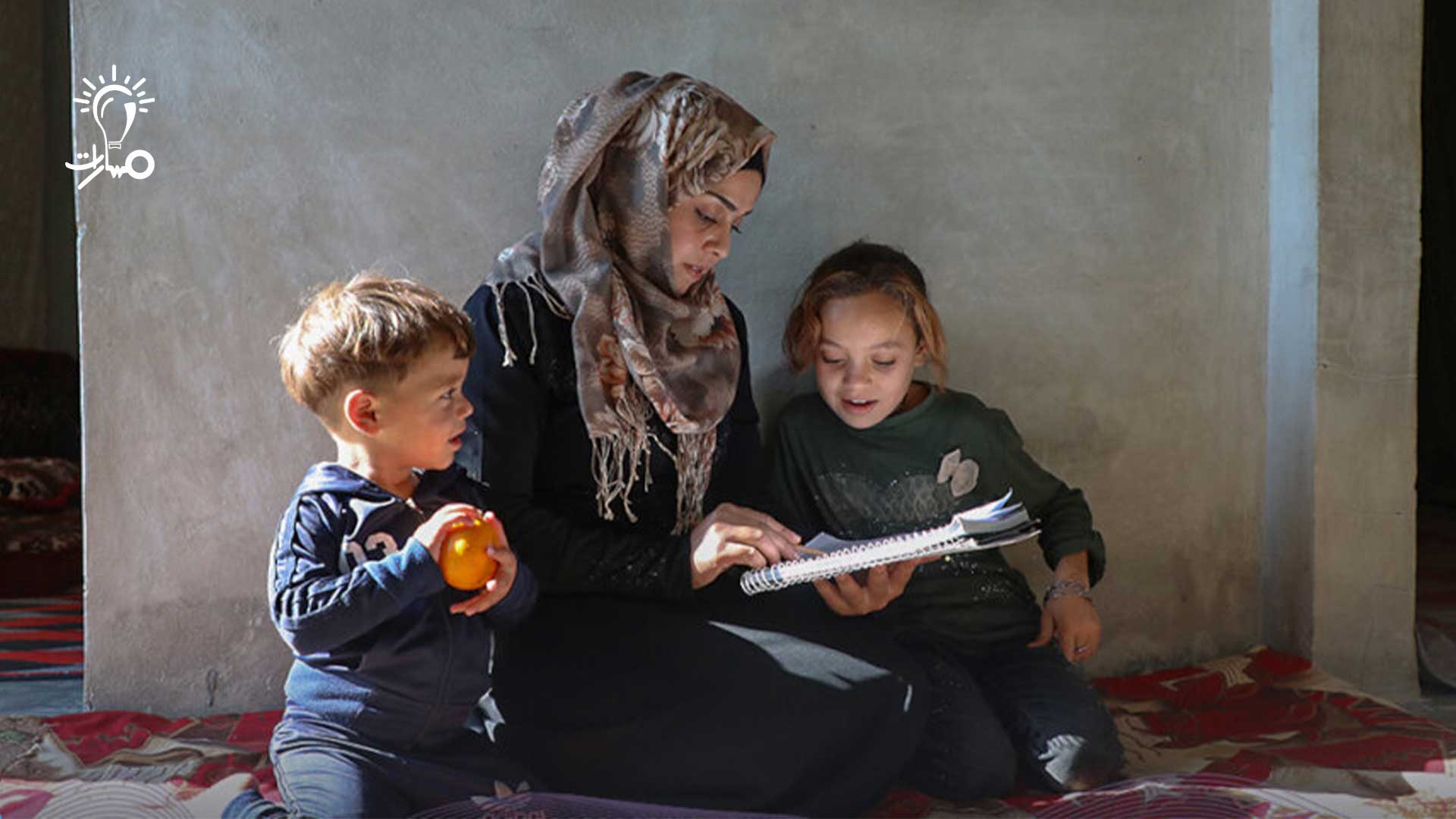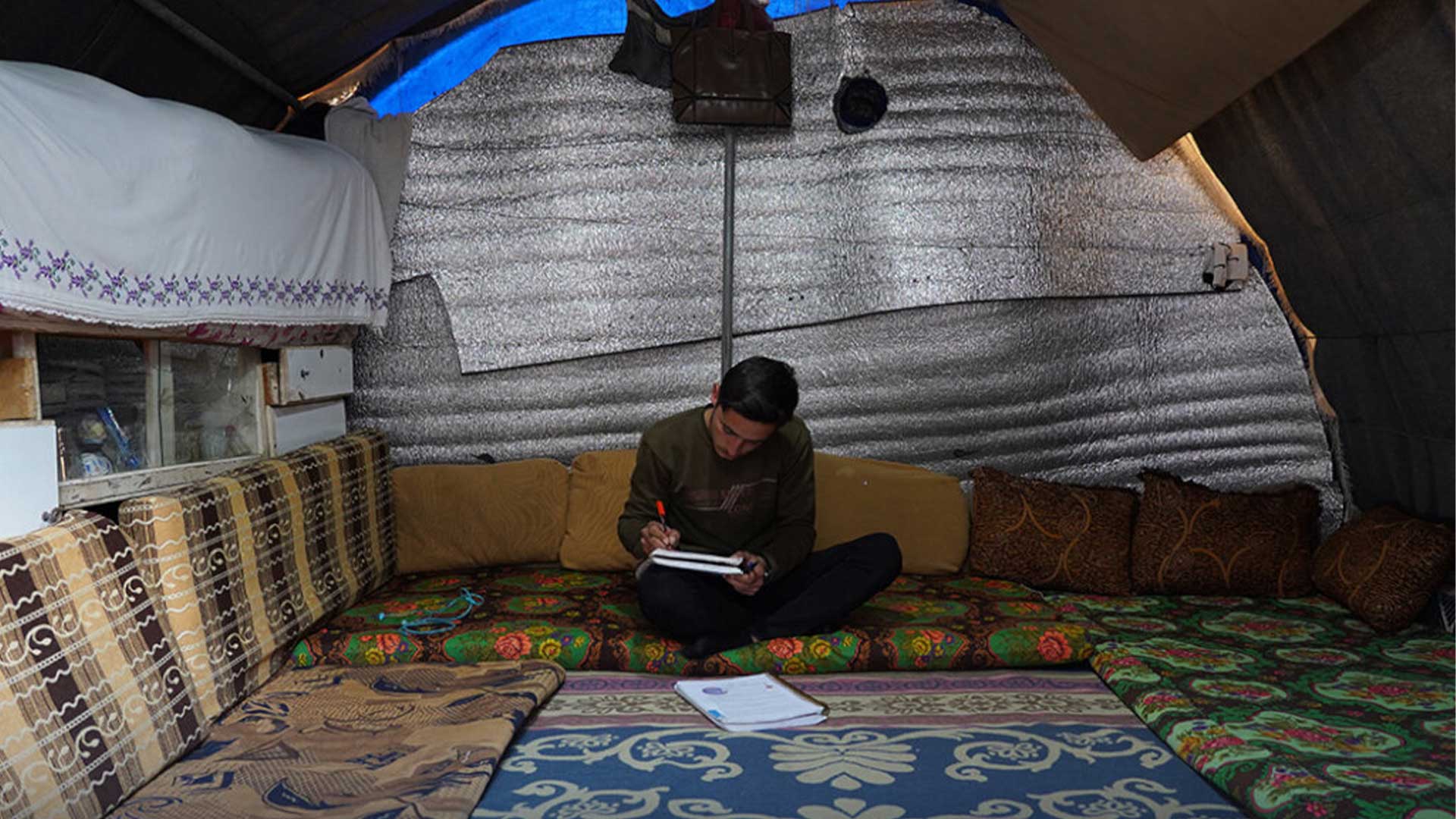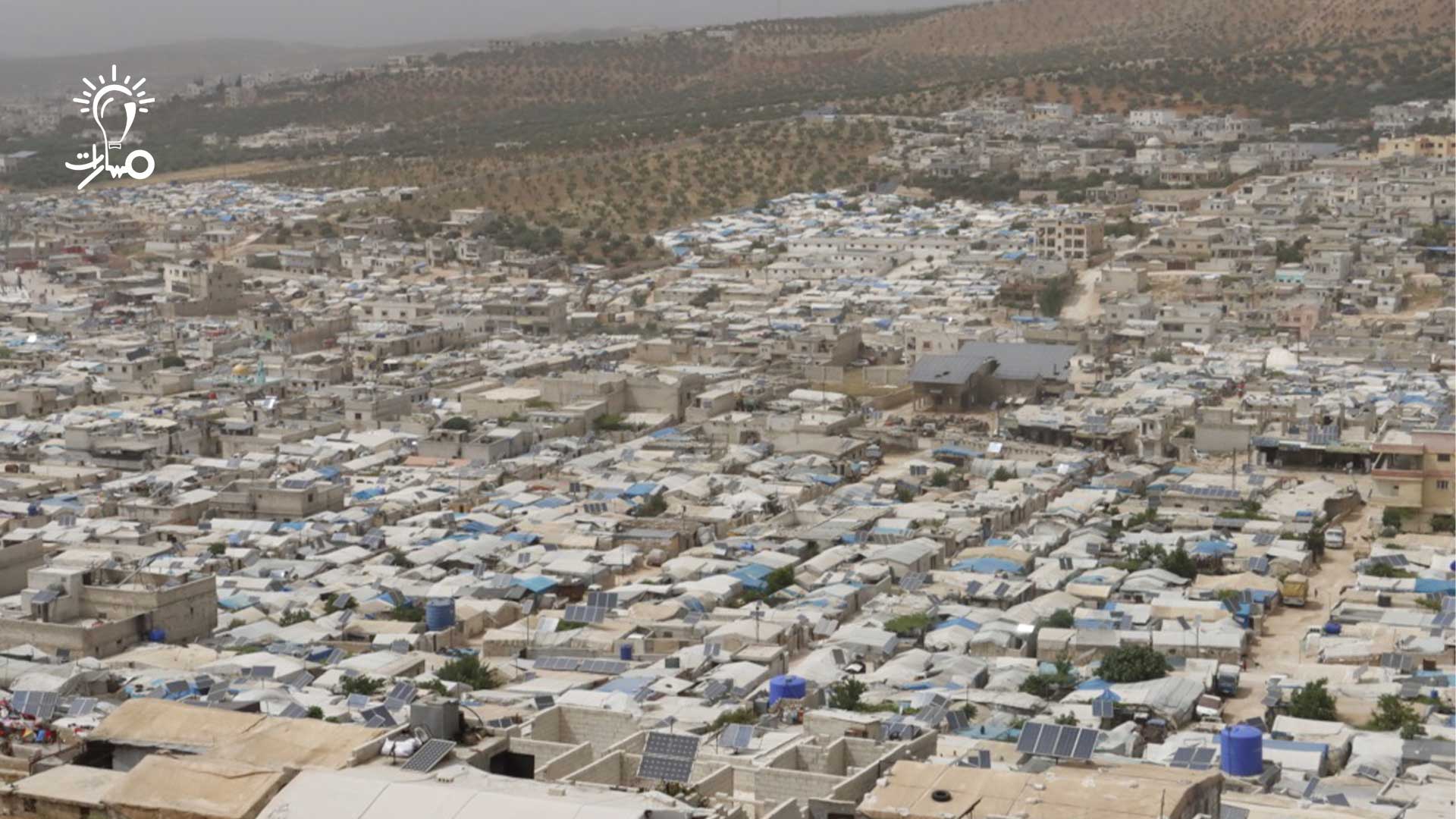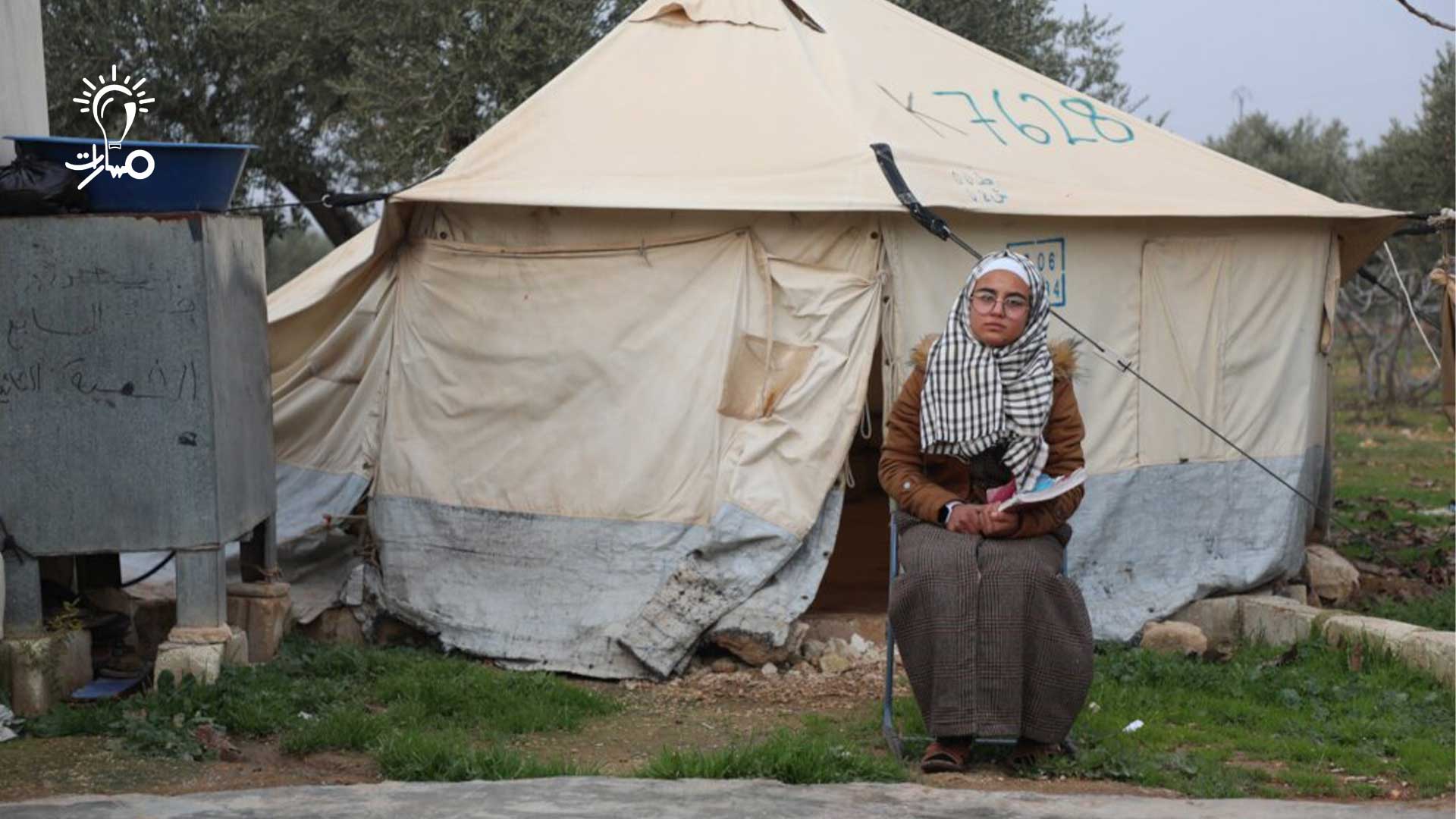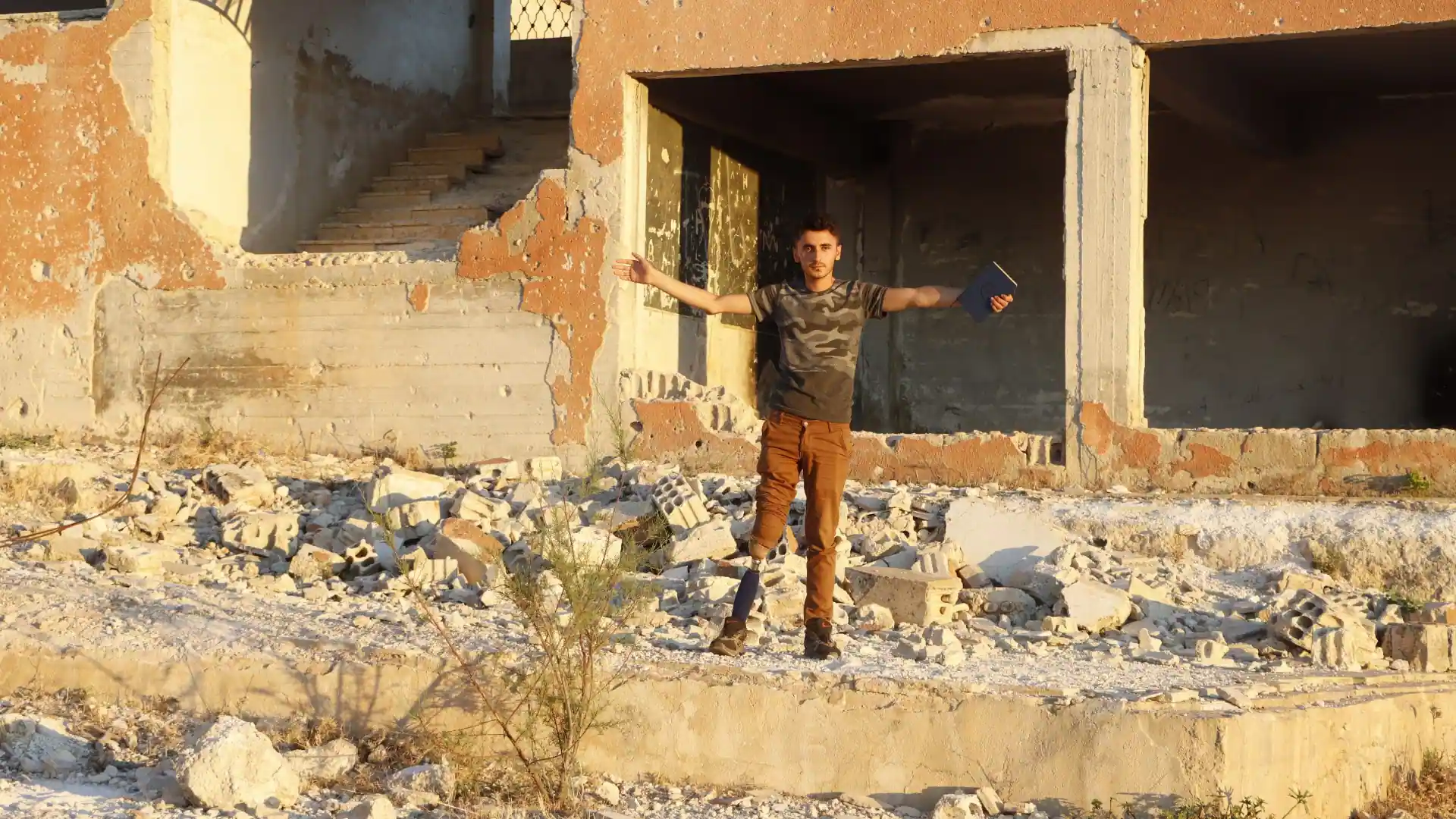When we contemplate the dialects of the Arab world, we observe that each country has its own unique dialect, such as those of the Gulf, Egypt, and the Levant.
Upon closer examination, we find that within each country, dialects further diverge into local variations.
For instance, in Syria alone, there are the Damascene, Aleppine, Hamawi, Homsian, Idlibi, and Deiri dialects.
The Arabic language and its dialects have evolved significantly over time. The Quraysh dialect was considered the ideal and flawless language.
Arab poets composed most of their poetry in the Quraysh dialect because of its prestigious status among Arabs.
The Mu’allaqat (hanging poems) and the works of eminent poets were written in this dialect.
As Al-Asma’i said, “Quraysh rose in eloquence above the ‘An’anah of Tamim, the Taltalah of Bahraa, the Kashkashah of Rabia, the Kaskasah of Hawazin, the Taddajah of Qais, and the Ajrafiyah of Dhubba.”
Causes of Dialectal Differences Among Arab Tribes
The term “language” often refers to “dialect” when we speak of the language of the people of Quraysh, implying their dialect.
One of the primary reasons for the diversity of dialects is the interaction of Arabs through trade and markets, as well as the different environments of each tribe.
Geographical factors also played a significant role in creating diverse dialects within the Arabian Peninsula.
Unique Linguistic Features of Various Arab Tribes
Each Arab tribe had distinct linguistic traits worth studying.
Notably, a man from Yemen once asked the Prophet Muhammad (peace be upon him) using the Yemeni dialect, which employed the letters ‘alif’ and ‘mim’ for definite articles, saying, “Is there no harm in fasting while traveling?” The Prophet replied, “It is not righteous to fast while traveling.”
Here are some notable dialectal features from various tribes, along with examples:
Qut’ah: Replacing “Abu Al-Hakam” with “Ya Bilhakam,” specific to the Tayy tribe.
Aj’ajah: Substituting the soft or hard “jim” with another “jim,” found in the tribes of Qudha’a and Bani Saad. For example, a poet says:
“Khaali Uwaif wa Abu Alaj, Al-Mut’iman Al-Shaham bil-Ashajj, Wabil-Ghadati Falaq Al-Barnajj”
Here, “Alaj” means “Ali,” “Ashajj” means “Al-Ashi,” and “Barnajj” refers to the finest type of date.
An’anah: Replacing the open “hamza” with an “ain,” specific to the tribes of Tamim, Qais, and Asad. For instance, in some Bedouin dialects, “I ask you a question” becomes “Asa’luka Su’aal.”
Kashkashah: Substituting the letter “kaf” with a “shin,” specific to the tribes of Bani Saad and Bani Rabi’ah. A poet says:
“Fa’eenaash ‘eenaaha, wa jeedash jeeduhaa, walakinna ‘azhma as-saak minsh raaqeequ”
Meaning, “Your eyes, your neck, but the thinness of your ankle is delicate.”
Kaskasah: Adding an “s” after the “kaf” of the feminine form, specific to the tribes of Bani Tamim and sometimes Bakar and Hawazin. For example, “Abukis” for “Abuki” and “Murartubikis” for “Murartu Biki.”
Taltalah: Breaking the initial vowel of the present tense verb, known as the Taltalah of Bahraa. For instance, “Tirkanu” instead of “Tarkanu” (to lean).
Tamtamaniyah: Replacing the “lam” of the definite article with a “mim,” resembling non-Arabic words. For example, “Tab Amhooa” meaning “Tab Al-Hawa” (the air is good).
Wakm: Breaking the “kaf” preceded by a “ya” or a broken vowel, found in the Rabi’ah tribe of Bani Kalb. For instance, “As-Salam Alaikim” (peace be upon you).
Wahm: Breaking the “ha” even if not preceded by a broken vowel or a “ya,” found in some tribes of Bani Kalb. For instance, “Minhim” and “Anhim.”
Istintaa: Changing the static “ain” to a “nun,” common among the people of Yemen and many Arab tribes. For instance, “Antonia” instead of “A’tinia” (give me).
Watm: Replacing the “sin” with a “ta,” seen in some Yemeni dialects. For example, “Bani Aslaa’ah” instead of “Bani Aslaa’ah” (people).
Shanshanah: Replacing the “kaf” with a “shin,” typical of the people of Yemen. For instance, “Lubbish Allahuma Lubbish” meaning “Labbayk Allahuma Labbayk.”
Lakhlakaniyah: The inability to articulate words clearly, seen in the people of Oman and the Bedouins of the Shahr region. For example, “Masha Allah” instead of “Ma Sha’ Allah.”
Ajrafiyah: Exaggerated speech, attributed to the tribe of Dhubba due to their distinct dialect.
Fahfahah: Replacing the “ha” with an “ain,” found in the Hudhail tribe. For instance, Ibn Mas’ud’s reading of “Hatta Ain” meaning “Hatta Hain.”
Examining the dialects of Arab tribes reveals that the diversity of these dialects does not diminish the Arabic language. Rather, it is a natural phenomenon considering the widespread presence of Arab tribes across the Arabian Peninsula, Iraq, and Yemen.
This diversity is also evident in our contemporary world, where towns only kilometers apart have distinct dialects. Thus, the vast expanse from Yemen to the Arabian Peninsula and Iraq naturally leads to a variety of Arabic dialects.
Author: Abdel Moneim Al-Abdou, Arabic language teacher at Masarat Initiative


